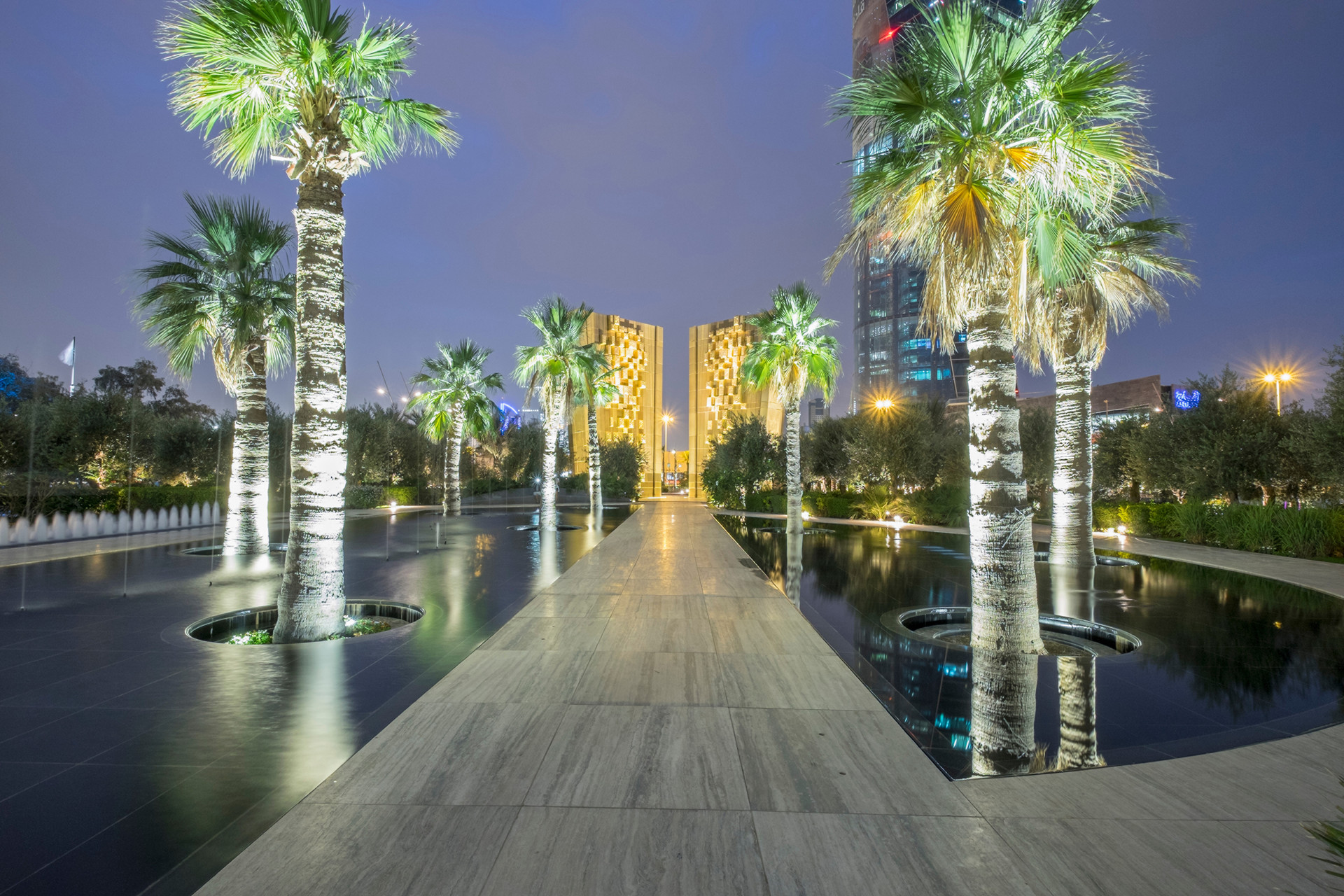
The consensus among judges at the recent AHEAD Global awards was crystal clear: authenticity is dictating contemporary hotel design.
Speaking at the event – notable for featuring two simultaneous ceremonies at London’s Ham Yard Hotel and New York’s Crosby Street Hotel, connected through a live feed – Aliya Khan, Marriott International’s vice president of design strategies, and jury member, dismissed cookie-cutter models as a thing of the past.
“This isn’t about big-box hotels anymore, it’s about authenticity and being relevant to the local,” said Khan.
Khan’s claim was self-evident in the list of victors, dominated by conversion projects around historical buildings. Alila Yangshuo, a former sugar mill nestled in the mountains of China’s Yangshuo County, was awarded the Ultimate Winner prize at January’s event.
Designed by Vector Architects, a Beijing-based studio, the hotel was singled out by fellow jury member Cristina Laurijssen, director of design at Rosewood Hotels, as being “true to its heritage and very sensitive to its environment”.
Another Asian project that won judges’ plaudits was Singapore’s Warehouse Hotel, a conversion of a 19th century spice repository on the bank of the city state’s main river into a boutique hotel.
Khan described the property – designed by Asylum and Zarch Collaboratives – as one that “speaks to the authenticity of the location. It celebrates its original use but does it in an interesting and novel way.”
While conversions appeared to a be running theme of the event, they are not the rule when it comes to hotel design authenticity. Some have been built from scratch, such as Tokyo’s Hoshinoya, a contemporary take on the ryokan, a type of traditional Japanese inn. According to Design Hotels’ COO Serdar Kutucu, the Hoshinoya is a contemporary concept that “really respects the cultural heritage.”
Down with the cookie-cutter: Hotels serving local communities as well as guests
So, what does creating a local authentic experience in the context of hotel design actually entail?
First and foremost, properties need to transcend bricks and mortar and convey the very essence of their locale. Instead of being stand-alone entities catering only to out-of-towner guests, they have the potential to carry totemic significance for local communities.
Overlooking Miami Beach, Faena Hotel is a good example of a property that has successfully created this holistic experience. Winner of the Events Spaces category at the AHEAD awards, the property was praised for its arts and performance space that hosts local theatre showcases and artistic productions.
Instagrammable: Guests want experiences, not things
Just as every picture is said to tell a story, so must contemporary hotels do the same. Today’s guests, particularly millennials, aren’t so much interested in gratuitous bells and whistles as they are in Instagrammable experiences that tell a story. This means hotels need to work harder to differentiate themselves and position themselves as authentic.
Designers and architects are tailoring their efforts accordingly. For instance, international design firm HKS Architects now has a portfolio of hotels that focus on promoting guest interaction with local attractions. This includes the Lionsback Resort in Moab, Utah, which backs onto a national park that has become hallowed ground for extreme sports enthusiasts. As such, any guest that stays at the property is expected to become at one with the surrounding parkland.
But does tech have a role to play in creating a more authentic hotel experience? If guests have their heads glued to their smart phones, how can they truly savour their surroundings? Speaking to US real estate website Bisnow in 2017, HKS design director Tom Sprinkle argued that the hotel’s local landscape should offer a relaxing break from a 24/7 hyperconnected modern world”.
“I would love to see electronic mess disappear so guests can truly immerse themselves, and people are already comfortable with smartphones,” he added.
Not just boutique hotels: Big players can be authentic too
It would appear that some of the bigger hotel brands are cottoning on to the trend of localism. Winner of the 2018 MEED Hotel of the Year, the Four Seasons Hotel Kuwait at Burj Alshaya might be a showcase in high-end luxury, but is also unmistakeably Kuwaiti in its feel.
Designed by Gensler, its concept is based around mashrabiya latticework – an openwork framework that has featured in traditional Arabic architecture for centuries.
According to Trevor To, an architect at Gensler’s London office, the brief from Alshaya Group – one of the world’s largest franchise operators – was based around the question: “How can we unite two world-renowned lifestyle brands through architecture to win the hearts of the Kuwaiti people?”
This brief appears to have been fulfilled. By To’s reckoning, “the hotel is now well-known in the local community and people have no difficulty in finding its location.”



